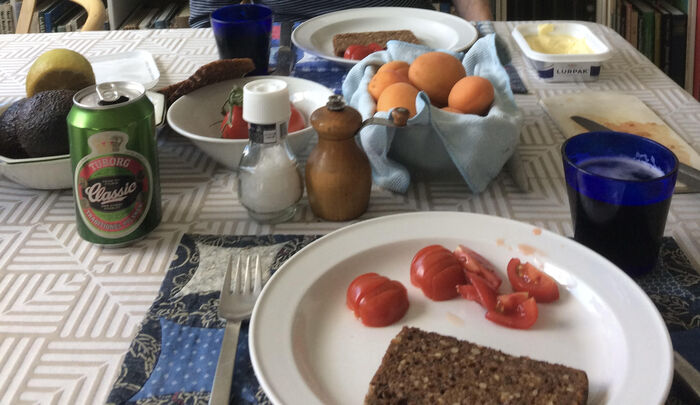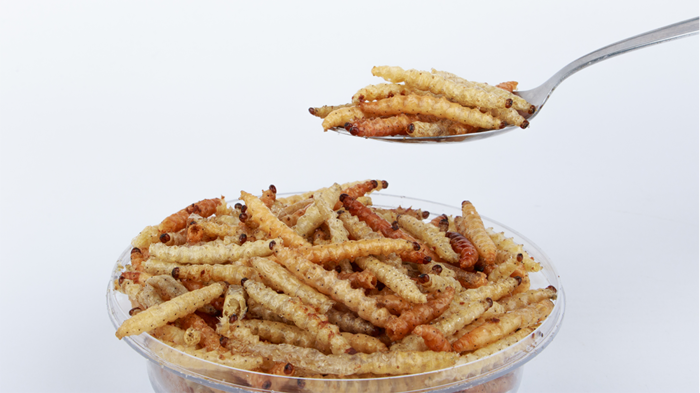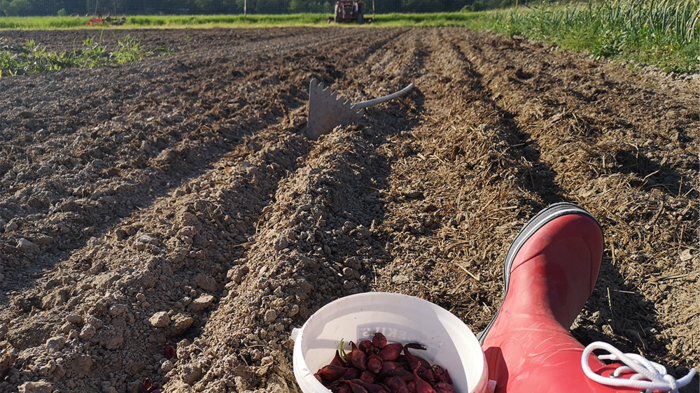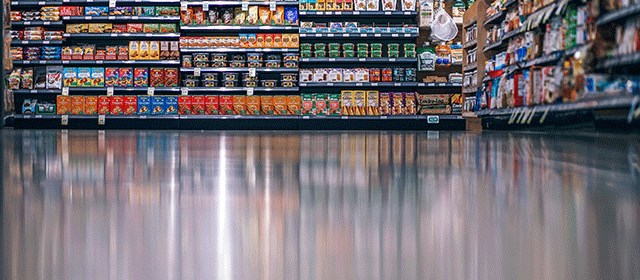The report emphasized the patterns and potential costs and benefits of climate change, and broke new ground by focusing on food security, production, and mitigation techniques. The report also included a summary created specifically for policy makers. Why is this news groundbreaking? The report provides a thorough background and action plan for policymakers to follow to begin mitigating the impacts of climate change on agriculture, and in agriculture. For politicians, food provides them with a tangible, depoliticized, and efficient way to act on climate change. It provides a visible change and an immediate benefit, making it appealing to those in public office. We can hope that one of the most detrimental contributors to climate change, agriculture, may also be a ‘silver bullet’ to growing interest, action, and mitigation across political boundaries.
Established in 1988, the IPCC is an intergovernmental body made up of 195 member countries of the United Nations. Their goal is to provide people with clear scientific information on the current state of knowledge on climate change and the potential environmental and socio-economic impacts associated with it. [1] In the weeks following the release of “Impacts, Adaptation, and Vulnerability,” many politicians, scientists and activists have begun to agree, some likely for the first time - make climate change a food issue and we may finally begin seeing concrete action. Ironically, agriculture is one of the largest contributors to climate change. Yet while producing food to feed the world is extremely energy intensive, it is also a topic that everyone can stand behind, making it a key leverage point for climate change mitigation. Jim Yong Kim, President of the World Bank, stated that, “climate change will lead to battles for food” and urged policy makers and scientists to work together in the fight against climate change. The Vice President of Climate Change at the World Bank, Rachel Kyte, commented that, “food offers an immediate and personal connection.” [2] Telling people that temperatures are increasing, sea levels are rising, and that the solution is driving a hybrid may lack a sense of immediacy and reality. On the other hand, telling people that climate change will likely result in a 25 percent decrease in the production of rice, maize and wheat while the world population continues to grow, and people will sit up and take notice. Why? Because no matter where we are on Earth, we all need to eat. This simple fact may mean the difference between taking immediate political action and continuing business as usual.
The report pointed to a few key changes that should occur in agriculture to ensure that food’s supply and security can continue to feed the growing population. They included:
· Investing in more resilient infrastructure
· Diversifying crops to withstand perturbations in weather and precipitation patterns
· Breeding of new crop varieties to withstand harsher conditions
· Shifting current paradigms in the food system (production, distribution and consumption) to be more diversified
· Political action to sustainably manage fisheries from an ecosystem-wide approach to maximize resilience
· Combining livestock and cropping systems
· Paying more attention to indigenous knowledge of cropping systems and agricultural techniques, which are more adaptive and resilient to changes in climate than industrialized systems.[3]
So what do these changes mean and why is there so much focus on diversity and resilience? Essentially, the report is urging nations not to “put all their eggs in the same basket,” so to speak. The more diverse the food system, the less likely that it will be harmed by disturbances such as droughts, floods, warmer than usual temperatures, or pests. With famines, higher prices at the grocery store, and farmers out of work breathing down our necks, it is in our best interest to begin making significant political progress towards surviving the eminent changes to our world.
[1] “IPCC Organization.” Last modified 2014. http://www.ipcc.ch/organization/organization.shtml
[2] Eliot, Larry. “Climate Change and Battles for Food,” The Guardian. 3. April, 2014. http://www.theguardian.com/environment/2014/apr/03/climate-change-battle...
[3] Porter, R. John. Xie, Liyong. “Chapter 7: Food Security and Food Production Systems,” IPCC Working GroupII AR5 . 31. March 2014. 28-34.






Logg inn for å kommentere
Ikke UiO- eller Feide-bruker?
Opprett en WebID-bruker for å kommentere